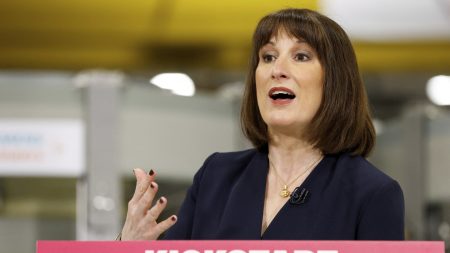Trump’s Directive to Stop Minting Pennies
In a move that garnered significant attention, President Trump recently announced his decision to halt the production of pennies via a post on Truth Social. This directive, part of a series of swift executive actions, aims to address the escalating costs associated with minting the one-cent coin. The decision aligns with the administration’s broader strategy to implement sweeping changes across various sectors, including immigration and governmental efficiency. Interestingly, this move was influenced by Elon Musk’s task force, which highlighted the inefficiency of continuing penny production, marking a notable instance of external counsel shaping policy decisions.
The Financial Burden of Producing Pennies
The financial rationale behind Trump’s directive is compelling. The U.S. Mint reported a loss of $85.3 million in the 2024 fiscal year, attributing this to the production of nearly 3.2 billion pennies, each costing approximately $0.037 to produce. This figure represents an increase from the previous year’s cost of $0.031 per penny. Additionally, the nickel, costing nearly $0.14 to produce, further exacerbates the financial strain. These statistics underscore the economic burden of maintaining coins whose production costs exceed their face value, making the decision to cease production a fiscally prudent step.
Authority and Congressional Involvement
While Trump’s directive is clear, the authority to unilaterally discontinue the penny is less so. The production and specifications of currency are typically mandated by Congress, suggesting that legislative action may be required to officially halt production. However, experts, such as Northeastern University’s Robert K. Triest, suggest potential flexibility. The Secretary of the Treasury might have the authority to cease production without congressional approval, though historical attempts to alter currency have often involved legislative processes. This ambiguity highlights the complex interplay between executive and legislative powers in monetary policy.
Historical and International Context
The notion of eliminating the penny is not without precedent. The U.S. previously discontinued the half-cent coin in 1857, demonstrating historical support for such measures. Internationally, countries like Canada have successfully phased out their pennies, adopting rounding practices to the nearest five cents. These examples provide a roadmap for potential implementation in the U.S., suggesting that eliminating the penny could be both feasible and beneficial, aligning with global trends towards efficient currency management.
Reactions and Implications
The debate surrounding the penny’s elimination is multifaceted. Proponents argue that it would yield cost savings, streamline transactions, and align the U.S. with other nations that have embraced a penny-less economy. Conversely, opponents express concerns about potential impacts on pricing strategies and the role of pennies in charitable giving. The administration’s focus on fiscal conservatism, as evidenced by efforts to target federal agencies and workforce reductions, positions this move as part of a larger austerity strategy aimed at achieving significant budgetary savings.
Conclusion
In conclusion, Trump’s decision to halt penny production reflects a broader commitment to cost-cutting and efficiency. While the move faces legal and cultural challenges, historical and international contexts provide a framework for its potential success. The debate serves as a microcosm of larger discussions on governmental spending and policy-making authority. As the administration pursues this directive, its implications will resonate across economic, social, and political domains, shaping the future of U.S. currency and fiscal strategy.








